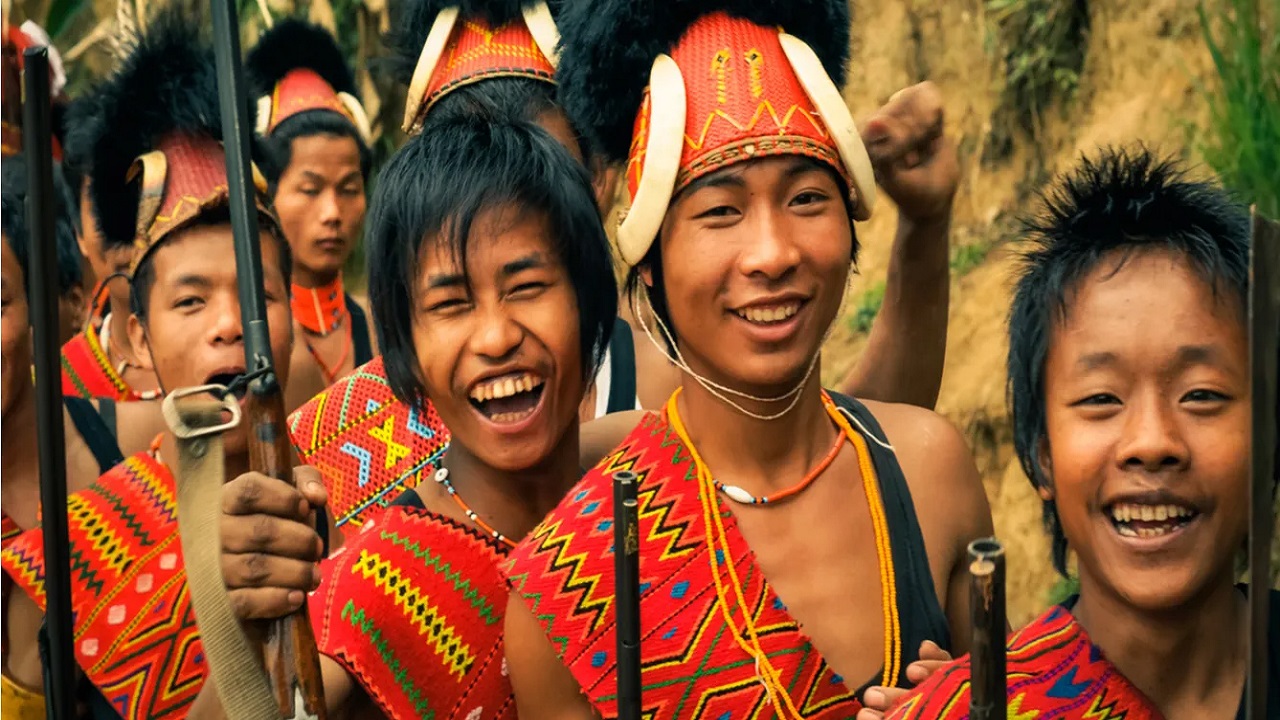Context:
Tribal populations in Jharkhand, West Bengal, Bihar, Madhya Pradesh, Chhattisgarh, Assam, and Odisha celebrated the harvest festival of Karma or Karam Parv last week.
Background:
At the heart of the Karma festival is the Karam tree — traditionally seen as a symbol of Karam Devta or Karamsani, the god of strength, youth, and vitality, and the object from which the festival takes its name.
Key takeaways:
- The Karam Parv, also known as the Karma Festival, is a harvest festival celebrated primarily in the Indian states of Jharkhand, West Bengal, Bihar, Uttar Pradesh, Madhya Pradesh, Chhattisgarh, Assam, Odisha, and even in Bangladesh. This festival is dedicated to the worship of Karam-Devta, the god of power, youth, and youthfulness.
- The festival is popular especially among the Munda, Ho, Oraon, Baiga, Kharia, and Santhal peoples.
- Timing: The festival is observed on the Ekadashi tithi (eleventh day) of the lunar fortnight in the month of Bhado (August-September).
Rituals:
- Planting Seeds: Unmarried girls plant and nurture nine types of seeds (like rice, wheat, and corn) for 7-9 days.
- Karam Tree Worship: On the festival day, villagers go to the forest to collect branches of the Karam tree, which are then worshipped and planted in the village center.
- Singing and Dancing: The festival is marked by traditional songs and dances, creating a lively atmosphere.
- Cultural Significance: The festival symbolizes the community’s connection to nature and their prayers for a good harvest and overall well-being.
.jpg)



Comments (0)